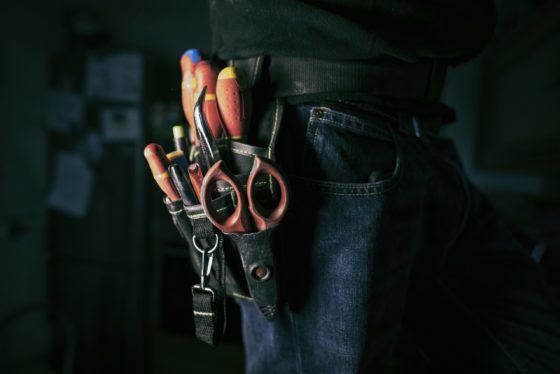
Furnaces are an important part of any home. If you treat your furnace well and care for it properly, it will provide great results. Similarly, if you make an effort to keep it healthy, it will reward you with a long, productive lifespan. Here are some tips for improving your furnace’s life expectancy.
1. Never Skip a Professional Tune-Up
Yearly furnace maintenance is always a wise investment, no matter the age and condition of your heating system. Cleaning out the system will allow it to perform more smoothly and efficiently. This will keep you comfortable and your monthly energy bills in check. Plus, that smoother, cleaner operation will make breakdowns and serious malfunctions far less likely.
Inspecting the heating system will also allow your expert technician the opportunity to weed out any potential or ongoing problems. If they get a whiff of an impending equipment issue, they’ll let you know about it. In some cases, they can perform preventative maintenance. The fewer malfunctions and breakdowns your furnace suffers, the longer its life expectancy will be, and the more money you’ll save.
2. Install a Programmable Thermostat
Any furnace can only withstand so much wear and tear before it runs out of steam. So, whenever you can avoid putting unnecessary mileage on it, you’ll be helping to extend its lifespan. One excellent way to regularly achieve this is to install a programmable thermostat.
Leaving your heater running on accident adds to wear and tear for no benefit. Plus, it wastes costly energy.
With a programmable thermostat, you won’t ever need to worry about these issues again. You can adjust the thermostat to your schedule. That way, it will automatically turn off during the hours that you’re sleeping or at work.
Additionally, you can program in your preferred household temperature. That way, your heating system will shut off on its own after reaching said temperature. Over the years, giving your system that extra rest will help your furnace’s life expectancy.
3. Regularly Replace Your HVAC Air Filter
If your furnace is forced to operate with a bad filter, it will wear down very quickly. A clogged filter forces your furnace to work harder to achieve the same airflow.
As a result, it requires far more effort and energy to circulate hot air around the household. To make things worse, many of those airborne pollutants will end up getting cycled into the heating system. This will be detrimental to its performance and energy efficiency.
On average, pleated air filters should be replaced every three months, and fiberglass ones should be replaced every month. However, numerous factors can affect that timeframe. These include the time of year, number of pets, number of people living in the home, and size of the house.
The important thing is that you make checking the filter part of your routine. That way, you can switch it out for a new one whenever it’s necessary.
4. Invest in Regular Duct Cleaning
Many homeowners fail to realize the impact their ductwork’s health can have on their furnaces. Over time, the inside of your ducts will inevitably accumulate dirt, dust, and debris. Dirty ducts, just like bad air filters, will put stress on your furnace.
In addition to causing ineffective or uneven household heating, this also puts extra stress on the heating system. The appliance has to increase its air pressure just to do its job adequately. As a result, the unit’s efficiency will suffer, and mechanical failures will become more likely.
Leaky ducts can also be a major problem for your furnace. If possible, you should schedule a duct cleaning appointment each year.
5. Install Attic Insulation
The more heat that your home loses regularly, the harder your furnace has to work. So, anything you can do to prevent escaped warmth will increase the heating unit’s life expectancy. Hot air rises, so oftentimes you’ll lose heat to the attic.
If the hot air is collecting in the attic, it isn’t keeping your actual living space warm. As a result, your furnace will have to produce more of it to keep you warm.
If you have quality attic insulation installed, it will serve as a barrier for that hot air. This barrier will keep in your heat, saving money and your furnace’s life expectancy. One effective option is spray foam insulation. It requires professional installation, but it’s completely waterproof and long-lasting.
6. Seal Up Your Leaks
Another effective way to prevent escaping heat is to search for and seal any air leaks in your home. Usually, the most common spots for these leaks will be near the edges of your doors and windows.
Even the tiniest openings can make things more difficult for your furnace. If you don’t see any leaks, feel around with your hand for any moving airflow. Thoroughly seal any leak you find with weather stripping and caulking from the hardware store.
If you need more help with your furnace, feel free to give us a call. At Gallagher’s Plumbing, Heating and Air, we can help with all of your heating and cooling needs.

